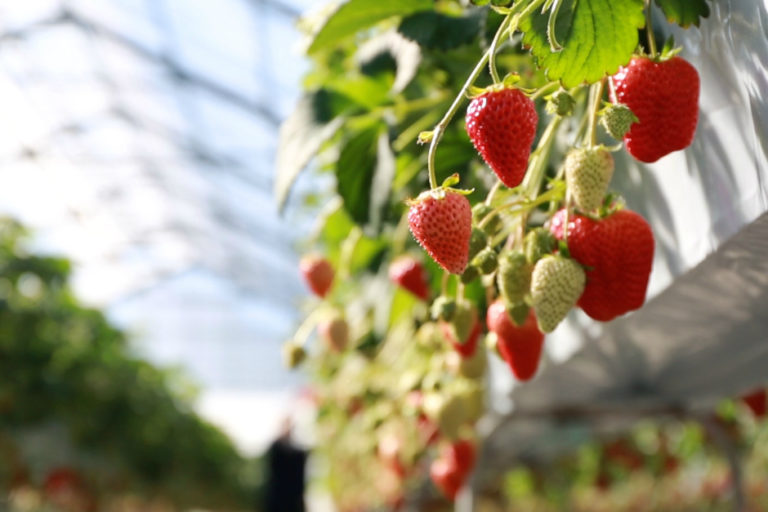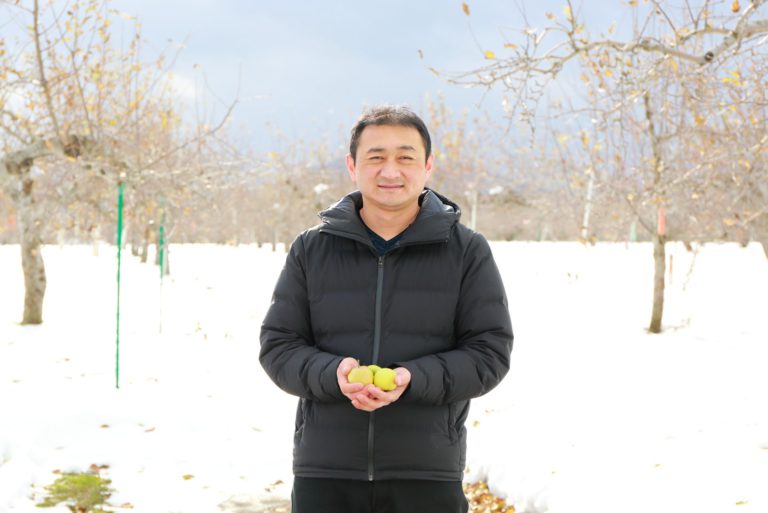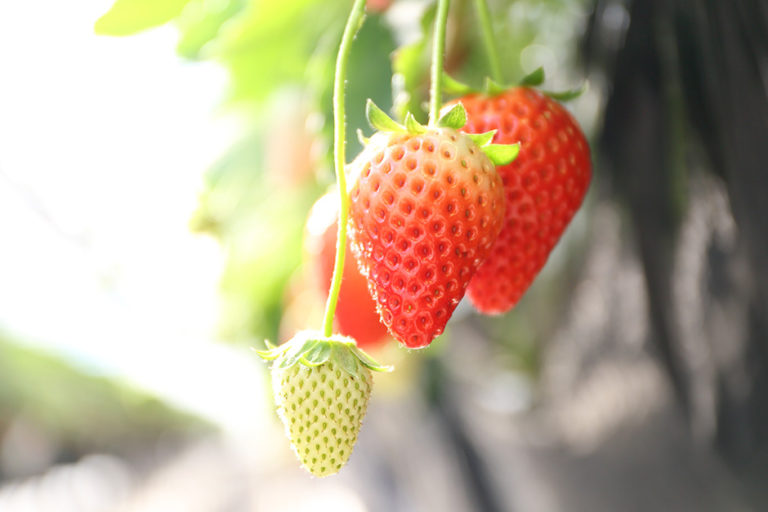The legendary delicacy amo speaks of a love of the azuki bean
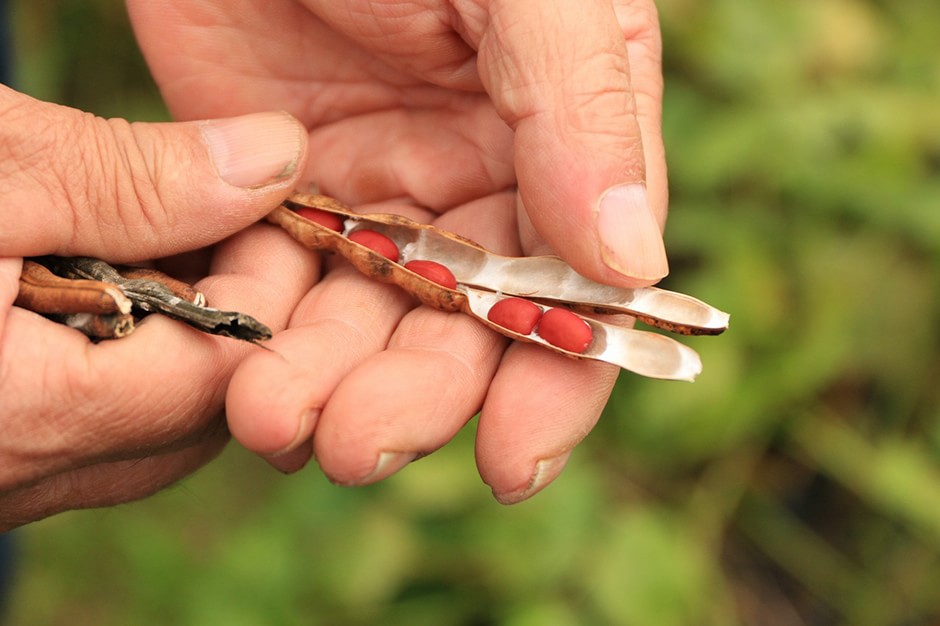
Kasuga Dainagon, grown in Tamba
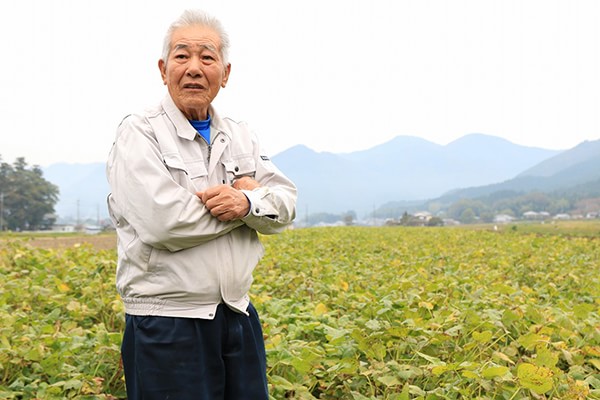
Tamba, a small town in an idyllic location, is often visited by a shimmering morning mist known locally as the Tamba Mist. It has a typical inland climate, with the temperature dropping sharply at night. Tamba is the only place in Japan suitable for growing the Kasuga Dainagon azuki bean. This rare variety has been highly prized since ancient times for its size, glossy appearance, high level of sweetness, and thin yet durable outer skin that retains its shape well after boiling.
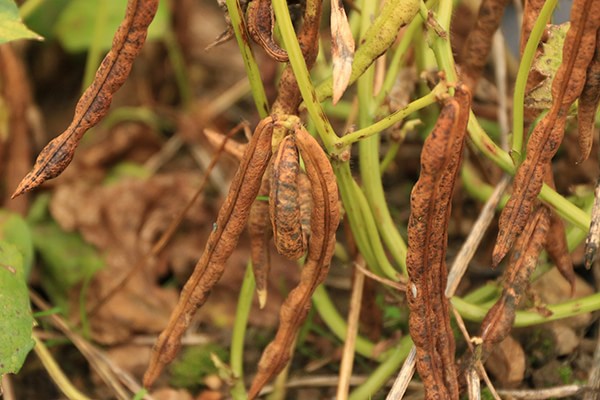
Chitose Ogino grows the Kasuga Dainagon azuki bean in Tamba. As we standing in his fields, he tells us that Tamba has ideal conditions for producing a very sweet azuki bean.
Ogino has to take great care with his Kasuga Dainagon plants, which do not like rain. He cannot start planting until the rainy season has ended, for example. But there is only a limited window of opportunity for planting, so if the rainy season goes on for too long, things can become difficult.
Likewise, timing is critical during the November harvest season.
“If we get a frost while the pods are still young, the moisture inside freeze and that ruins the beans,” Ogino explains. The trick is to harvest before the pods have reached full maturity, so as to avoid the potential for frost. The timing of the harvest is very much dependent on the prevailing weather conditions.
Growth rates can vary considerably, so each pod must be inspected by hand. If the pod is brown on the outside that means that the beans inside have reached maturity. The younger pods must be dried out for a few weeks before they reach maturity. Checking the individual pods is a central part of the quality control process that according to Ogino is not suitable for mechanization. If the pod holds up well after drying, the azuki beans will look better and have a sweeter taste.
Odagaki Shoten?uncompromising on quality
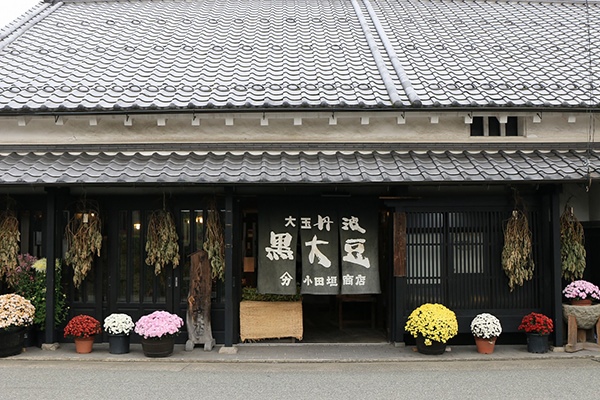
Ogino sells the bulk of his Kasuga Dainagon harvest to local wholesaler Odagaki Shoten. Founded in 1734, Odagaki Shoten has been trading in black soybeans and Kasuga Dainagon azuki beans since 1868. The SHUN GATE team pays a visit to the sorting plant to get a closer look at the azuki bean grading process.
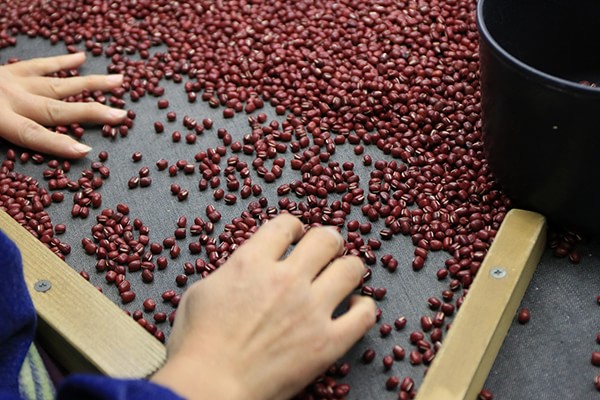
The dried Kasuga Dainagon azuki beans are inspected for shape and appearance before being sent through the mechanical grading sieves. But it does not end here. Now comes another quality control screening called teyori, the traditional hand-sorting process that eliminates even the most minor defects.
Teyori is a labor-intensive process.
The azuki beans are rolled over by hand on a large table and subject to close inspection. Only a very small percentage of beans ends up as rejects at this stage. Despite this, Odagaki Shoten is committed to maintaining stringent quality standards for Kasuga Dainagon azuki beans, so it is important to ensure that all defects are captured before the beans are released.
Kanou Shoujuan?predicated on respect for food
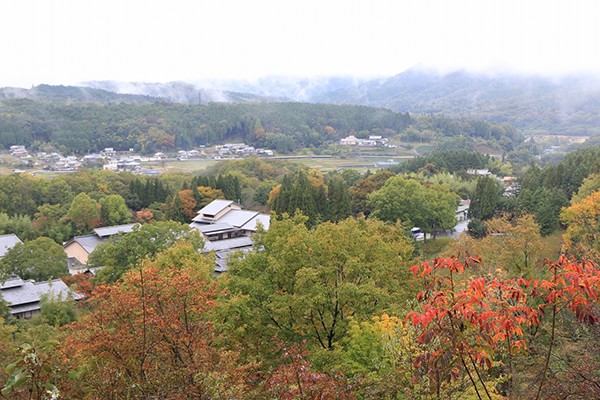
Some of the Kasuga Dainagon azuki beans that have been harvested and graded at Tamba will be used by confectioner Kanou Shoujuan to produce the delicacy known as amo, which contains an (bean paste). Kanou Shoujuan insists on using the very best azuki beans to make an, and hence has chosen the Kasuga Dainagon variety.
To find out how azuki beans are transformed into sweets, we pay a visit to Sunainosato, headquarters of Kanou Shoujuan in the city of Otsu in Shiga prefecture.
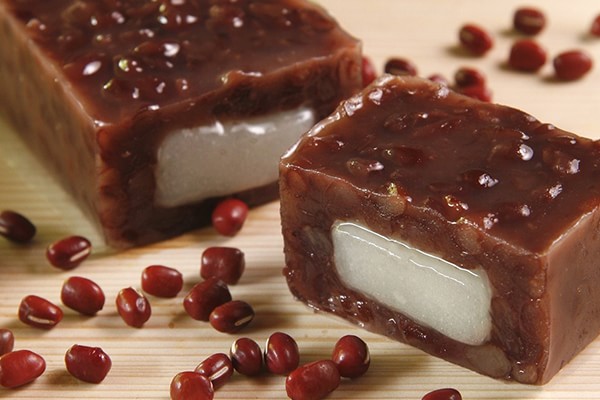
At the Sunainosato factory we speak to Koichi Nakai, a veteran with over 22 years of experience making an paste. Nakai tells us that Kanou Shoujuan eschews the conventional rapid boiling method, preferring a more methodical approach.
First the beans are rinsed and boiled in plain water until they puff up nicely. Next, the beans are steeped in molasses for 24 hours. The final step is to cook the beans gently. This slower process ensures that the sugar permeates right through to the center of the bean, resulting in a more deeply sweet and delicious an paste.

Nakai, who has been making an paste on a daily basis for many years, has achieved legendary status among his fellow workers, and is known as “he who understands what the azuki beans are saying.” According to Nakai, the cooking time varies from day to day, and no two days are ever the same over the course of the year. This is because Kasuga Dainagon azuki beans are only harvested once per year. Obviously, beans that have just been harvested are quite different to those that have been in storage for ten months, and so the boiling time will differ.“And there are seasonal variations to take into account,” explains Nakai. “First and foremost, the temperature of cold water is not the same all year round. The water temperature at the start naturally determines how long we boil the beans for, and this in turn affects the steaming time and cooling time. And I have to take into account a whole host of other factors besides the temperature when I work out the boiling time. So I guess that’s why they call me the guy who can hear what the beans are saying,” he concludes with a smile.
Nakai and his fellow workers clearly have a great deal of respect for each one of the carefully selected Kasuga Dainagon azuki beans. And this illustrates why amo has such an outstanding level of quality.
Collaboration between farmer and processor
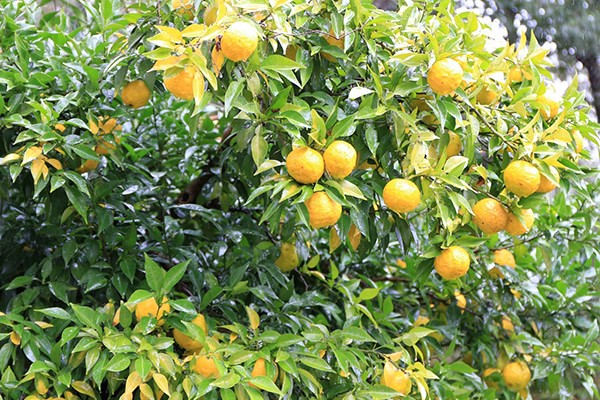
It was back in 1985 that Kanou Shoujuan built Sunainosato and shifted the factory from the center of Otsu to this beautiful spot in the nearby Satoyama hills. The relocation was motivated by a sense of respect for the immutable bond between nature and the art of confectionery making. The idea was to establish a direct collaboration between the farmers and the processor, including a number of initiatives where all parties are working for the common cause of making the finest quality products.
The expansive factory complex is on a site measuring over 200,000 m2 in size, located near to the Seta river, the only river to flow out of Lake Biwa. It has a large orchard with around 1,000 ume (plum) trees used to make a gelatin-like extract called joshu hakubai, as well as a number of citron trees. The facility also includes a workshop for making traditional Japanese paper and ceramics pieces used as decorations, and even a charcoal kiln. It is a spectacular natural setting that allows employees to immerse themselves in tea ceremony and flower ceremony and contemplate the relationship between sweets and nature.
“The idea of setting up the factory in the hills was to immerse ourselves in the rural environment and the farming cycle,” says Nakai. “Rather than just being produce purchasers down in town, up here we feel that we are at one with the farmers and at one with nature. This gives us a unique perspective on what it means to be making confectionery.”Given the strong seasonal focus of Japanese sweets, this seems an eminently sensible idea.
It is no coincidence that the famous amo from Kanou Shoujuan is made with Kasuga Dainagon azuki beans. Because Kasuga Dainagon perfectly encapsulates the deep and abiding respect of Kanou Shoujuan for the bounty of nature.
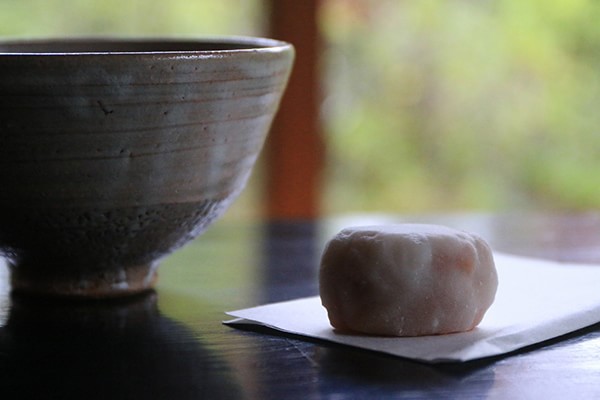
Sunainosato is open to the general public. It’s easy to spend the whole day strolling around the hills and fields in this glorious natural setting, partaking in tea ceremony, or even trying your hand at sweet-making in the workshop. In addition, there are special events throughout the year, usually on seasonal themes. So next time you’re in Shiga prefecture, why not pop up to Sunainosato to reacquaint yourself with nature and sample some quintessential Japanese sweets such as amo.

